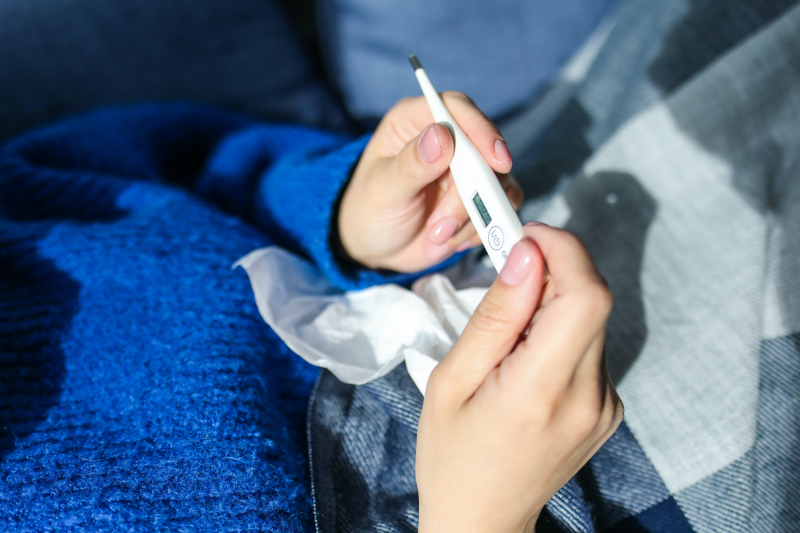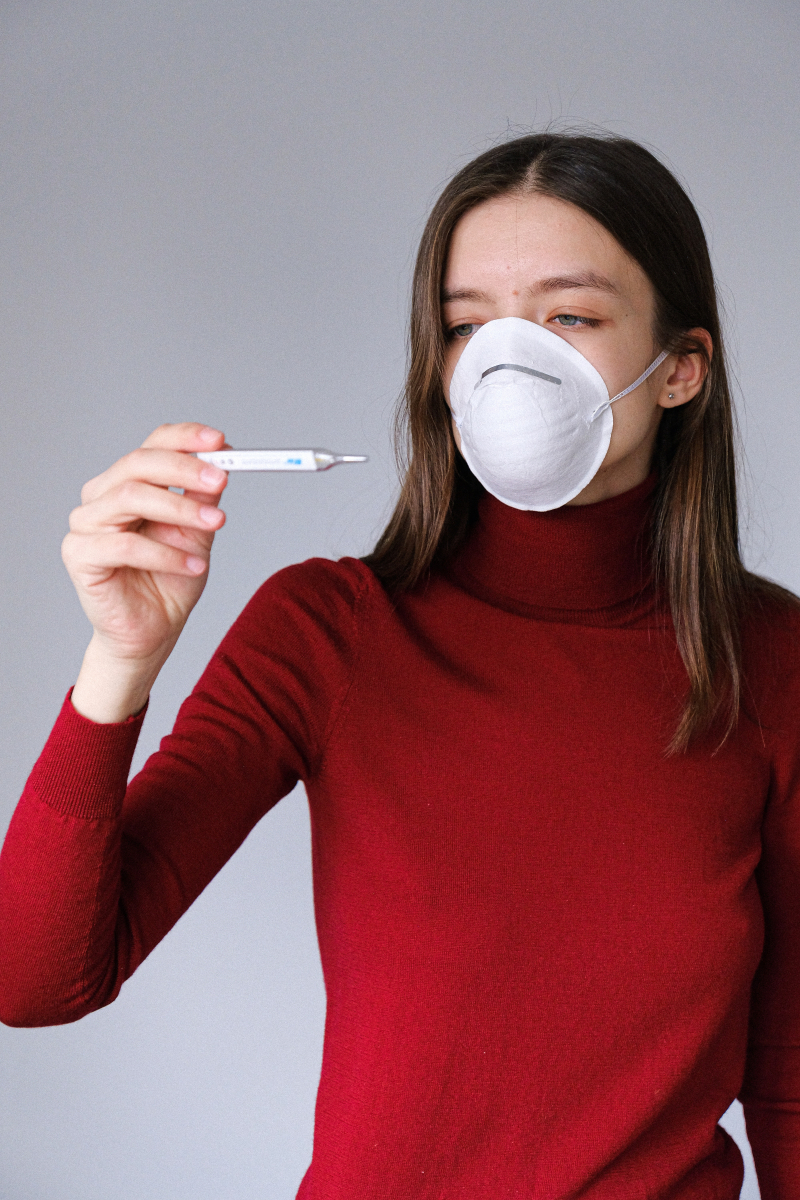High fever

Typhoid fever and paratyphoid fever have similar symptoms. People usually have a sustained fever that can be as high as 103–104°F (39–40°C). A sustained fever is a fever that does not come and go. If you have a fever and feel very ill, see a doctor immediately. Patients who do not receive the proper antibiotic treatment may experience a fever for weeks or months and may also experience other health issues. These medical conditions can cause people to pass away if they are not treated.
You can still be carrying Salmonella Typhi or Salmonella Paratyphi even if your symptoms seem to go away. If so, you run the risk of getting sick again or spreading the infection to other people. Some people might not be able to go back to work until a medical professional certifies that they are free of the bacterium. These individuals consist of caregivers, healthcare professionals, and food handlers.
These actions can reduce the risk of spreading the bacterium to someone else if you are receiving treatment for typhoid fever: Continue taking antibiotics as long as your doctor has instructed you to, After using the restroom, gently wash your hands with soap and water. Avoid preparing or serving food to others.












